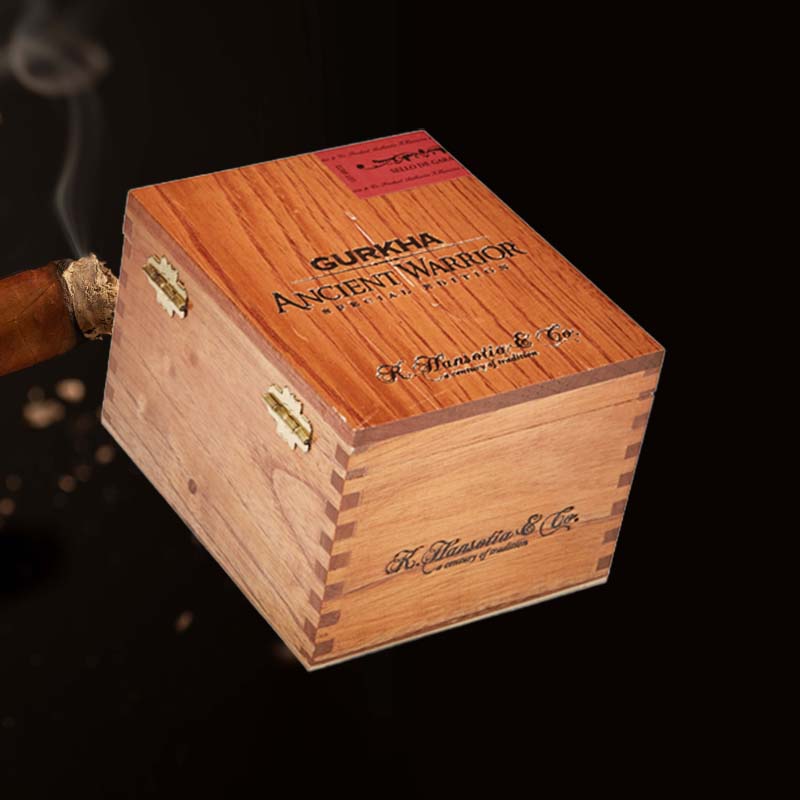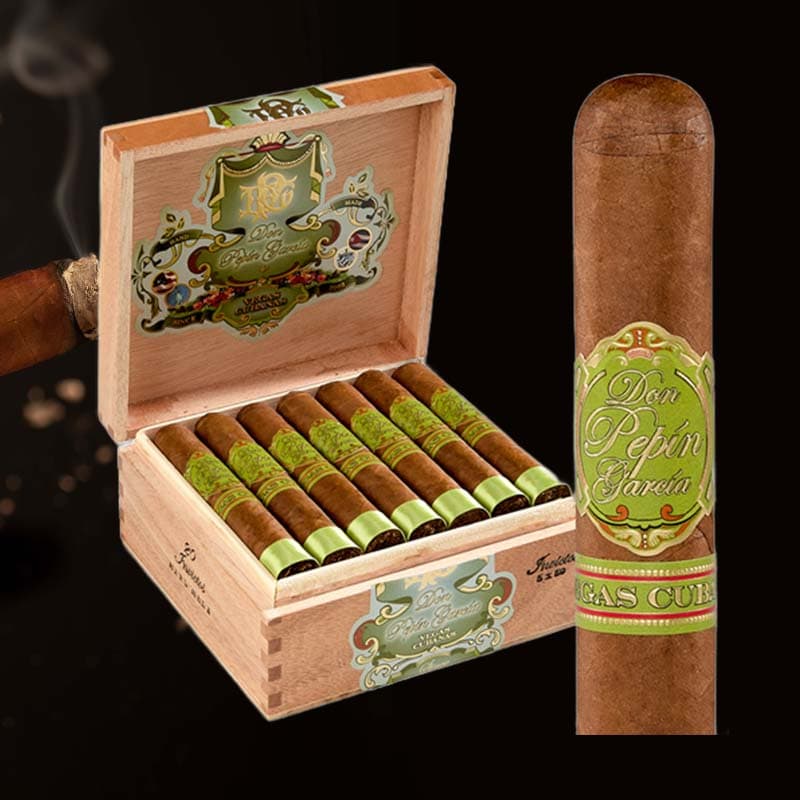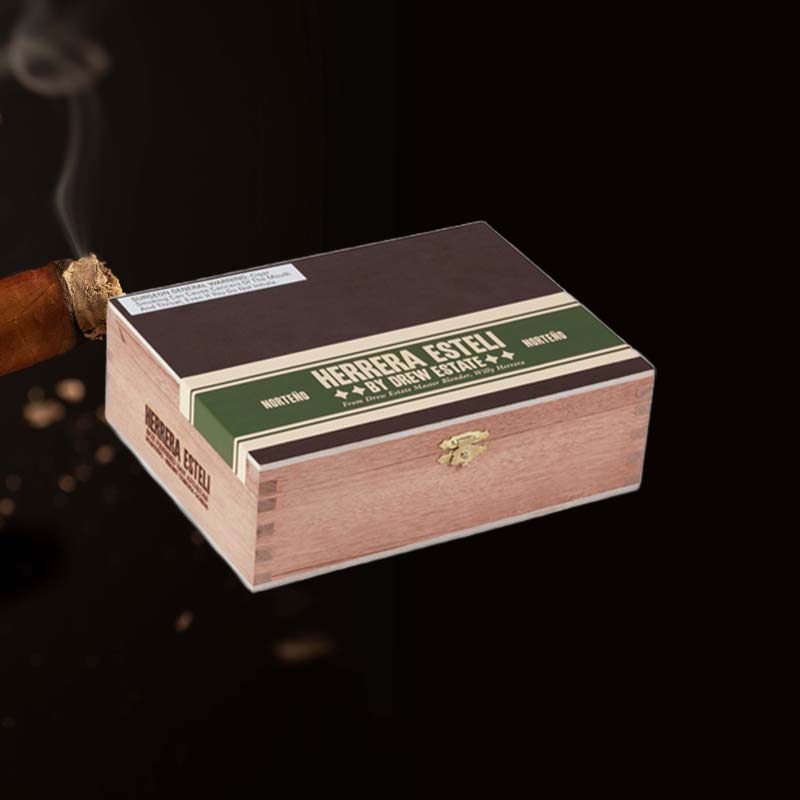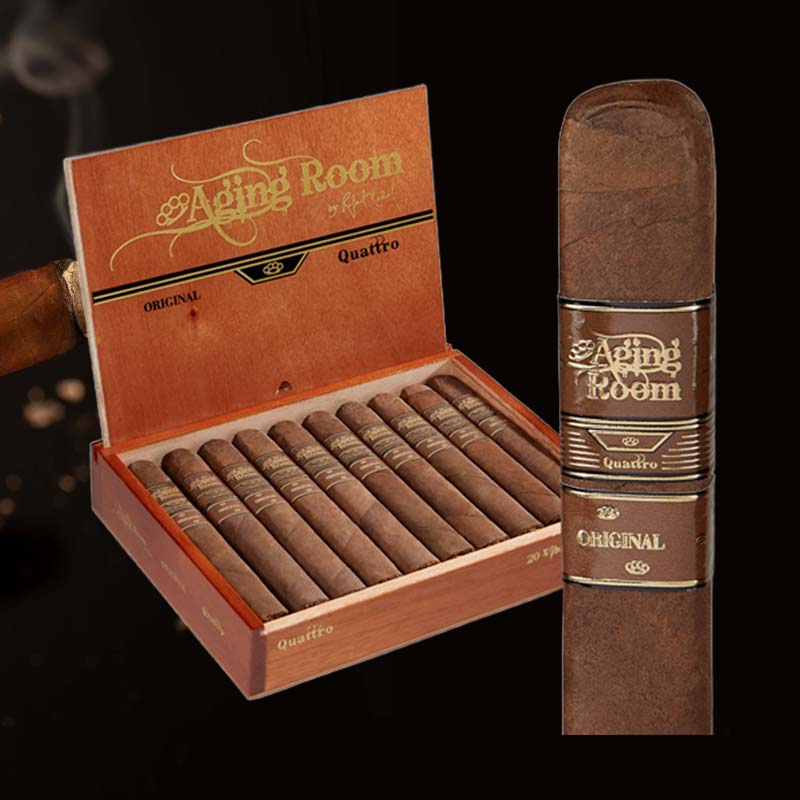Jet torch lighter not working
Introduction: Fixing Your Jet Torch Lighter
As an avid cigar enthusiast, there’s nothing more frustrating than reaching for my trusted jet torch lighter only to find it won’t ignite. It’s a feeling I’ve come to know all too well—one that brings a wave of disappointment, especially when I’m ready to enjoy a relaxing smoke. In this guide, I’ll walk you through the common issues I’ve faced with jet torch lighters and how I resolved them, ensuring you can get back to enjoying your passions without interruption.
Understanding Common Issues
Jet torch lighters, while reliable, can experience hiccups over time. Understanding the common problems can help ease your frustrations and set you on the path to troubleshooting effectively.
5 Common Issues That Cause Your Jet Torch Lighter Not to Work
Identifying Problems with Your Lighter
- Empty fuel tank
- Clogged jets
- Faulty ignition mechanism
- Fuel leaks
- Automatic shutoff malfunctions
Step 1: Ensuring You Have the Right Tools
Tools and Supplies You’ll Need
Before diving into repairs, I always gather the following tools and supplies:
- Small screwdriver set
- Compressed air or a small brush
- High-quality butane fuel
- Paper towels or cloth
- Safety glasses
Step 2: Diagnosing the Issue
Performing Initial Checkups
First, it’s important to perform some initial checks: Is the fuel tank empty? Is there any visible damage? A simple look can often reveal a lot. I usually inspect the ignition button and listen for a click when pressed. If it feels stuck or makes no sound, there’s likely an issue.
Step 3: Opening Your Jet Torch Lighter
Safe Procedures for Disassembly
Carefully opening your lighter is critical. I always ensure that the lighter is completely empty of fuel, then use the small screwdriver to remove any screws holding the case together. I’ve learned that patience is key to avoid damaging the delicate internal components.
Step 4: Adjusting the Spark
Fine-Tuning the Ignition Mechanism
If the spark isn’t firing properly, I carefully adjust the ignition mechanism. Sometimes, cleaning the igniter with a brush can improve performance. Ensuring the ignition is free of debris is essential for consistent lighting.
Step 5: Troubleshooting Flame Issues
When the Flame Is Weak or Nonexistent
A weak flame can be incredibly frustrating. I usually check for blockages, ensure I’ve bled the fuel tank properly, and refill with high-quality butane. These steps often resolve the issue!
Step 6: Checking and Cleaning Jets
Ensuring Proper Airflow
Clogged jets often lead to inadequate performance. I often use compressed air to blow out any debris, making small precision cleaning a priority.
Step 7: Bleeding the Fuel Tank
How to Properly Release Trapped Air
Releasing trapped air can be key to restoring function. I do this by pressing the bleed valve at the bottom of the lighter until the sound of hissing stops. Allowing additional air to escape can reset the fuel system.
Step 8: Refilling with High-Quality Butane
Choosing the Right Fuel
It’s crucial to refill with high-quality butane free of impurities. I’ve always found that using premium butane leads to better ignition and less residue buildup.
Step 9: Identifying Leaks
How to Detect and Fix Fuel Leaks
If you smell gas or see fuel pooling, a leak is likely present. I carefully inspect rubber seals and connections and replace any damaged components to prevent hazards.
Step 10: Assessing Safety Features
Understanding Automatic Shutoff Mechanisms
Many lighters have automatic shutoff features. If my lighter isn’t working, I always check the mechanism to ensure it hasn’t triggered unintentionally, as this could render the lighter temporarily inoperative.
Common Jet Torch Lighter Issues and Their Fixes
Weak Flame and Inconsistent Ignition
After going through the above steps, if I still face weak flames or inconsistent ignition, I recommend double-checking the jets and ignition system as these are the key areas that generally need attention.
Preventing Future Lighter Problems
Maintenance Tips and Best Practices
Regular maintenance truly goes a long way. Always refill with high-quality fuel and clean the jets periodically. A well-cared-for lighter not only functions better but also lasts longer, allowing me to enjoy my cigars without interruption.
Conclusion: Enjoying a Fully Functional Jet Torch Lighter
Final Thoughts on Troubleshooting
With patience, the right tools, and a little know-how, troubleshooting your jet torch lighter can be a fulfilling experience. I hope these insights empower you to embrace your lighter with confidence.
FAQ
Why do jet lighters stop working?
Jet lighters can stop working due to an empty fuel tank, clogged jets, faulty igniters, or even leaks in the fuel system.
Why is my jet line lighter not sparking?
If your jet line lighter isn’t sparking, it’s likely due to a dirty or damaged ignition mechanism that requires cleaning or repair.
Why won’t my torch lighter work?
A torch lighter might not work because of empty fuel, a blocked jet, or other mechanical issues that require diagnosis.
How do you unclog a jet lighter?
To unclog a jet lighter, I typically use compressed air to blow out debris from the burner jets, ensuring they are clean for optimal airflow.


















